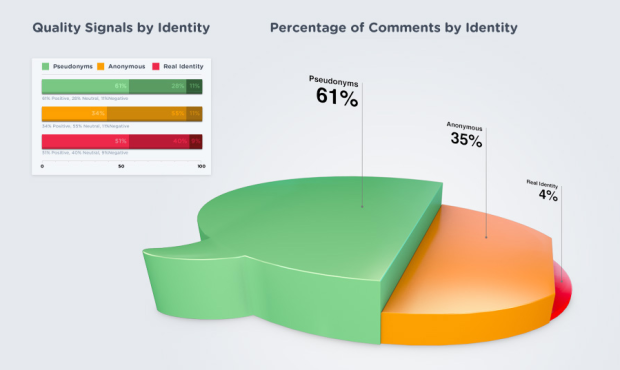It was about five years ago when I got into visualization. Before I actually made anything, I read books and guides that made suggestions and preached a handful of design principles, but when it was time to make a data graphic for publication, I didn’t know what I was doing. Theory is great. Being able to apply it to your own data is better.
Back then — which seems like forever but isn’t actually that long ago — there weren’t many practical tutorials or books on how to visualize data. Visualize This is the book I wish I had when I was starting out. A steady foundation and an introduction to what’s out there, written to my old self.
There’s still so much more to visualization though. There are different points of view to explore, new software and methods to try, and growing data sources to play with.
That’s where FlowingData memberships come in. Having great sponsors lets me write tutorials and longer articles occasionally, but memberships will allow me to write more and perhaps bring in others’ expertise from time to time.
Here’s what you get with FlowingData membership:
- Monthly Tutorials: How to make and design publication-level data graphics.
- Downloads: Source code and files to use with your own data.
- Guides and Resources: Design principles and the best places to learn them.
- Curated Links: Hand-picked links from around the Web that focus on the how of visualization.
Those who have Visualize This will recognize the style of the guides and tutorials (first members-only tutorial coming soon after this post). You can also check out past tutorials for a taste. Long-time readers will notice a new layout that’s easier to follow, and writing online lends itself better to more code-heavy projects.
All this for the introductory price of $25 per year — less than a coffee a month. I’ll also throw in a warm, fuzzy feeling from directly supporting an independent FlowingData. Your support helps ensure that the lights stay on, hopefully for years to come.
Become a member.
UPDATE: Paypal is acting up. Looking into it now.
UPDATE 2: Seems to be going okay again. It might take a couple of tries due to your awesomeness.
UPDATE 3: I think most of the kinks have been ironed out, but if you can’t log in for some reason, please email me at nathan [at] flowingdata [dot] com. Thanks for the support, everyone.






 Visualize This: The FlowingData Guide to Design, Visualization, and Statistics (2nd Edition)
Visualize This: The FlowingData Guide to Design, Visualization, and Statistics (2nd Edition)










